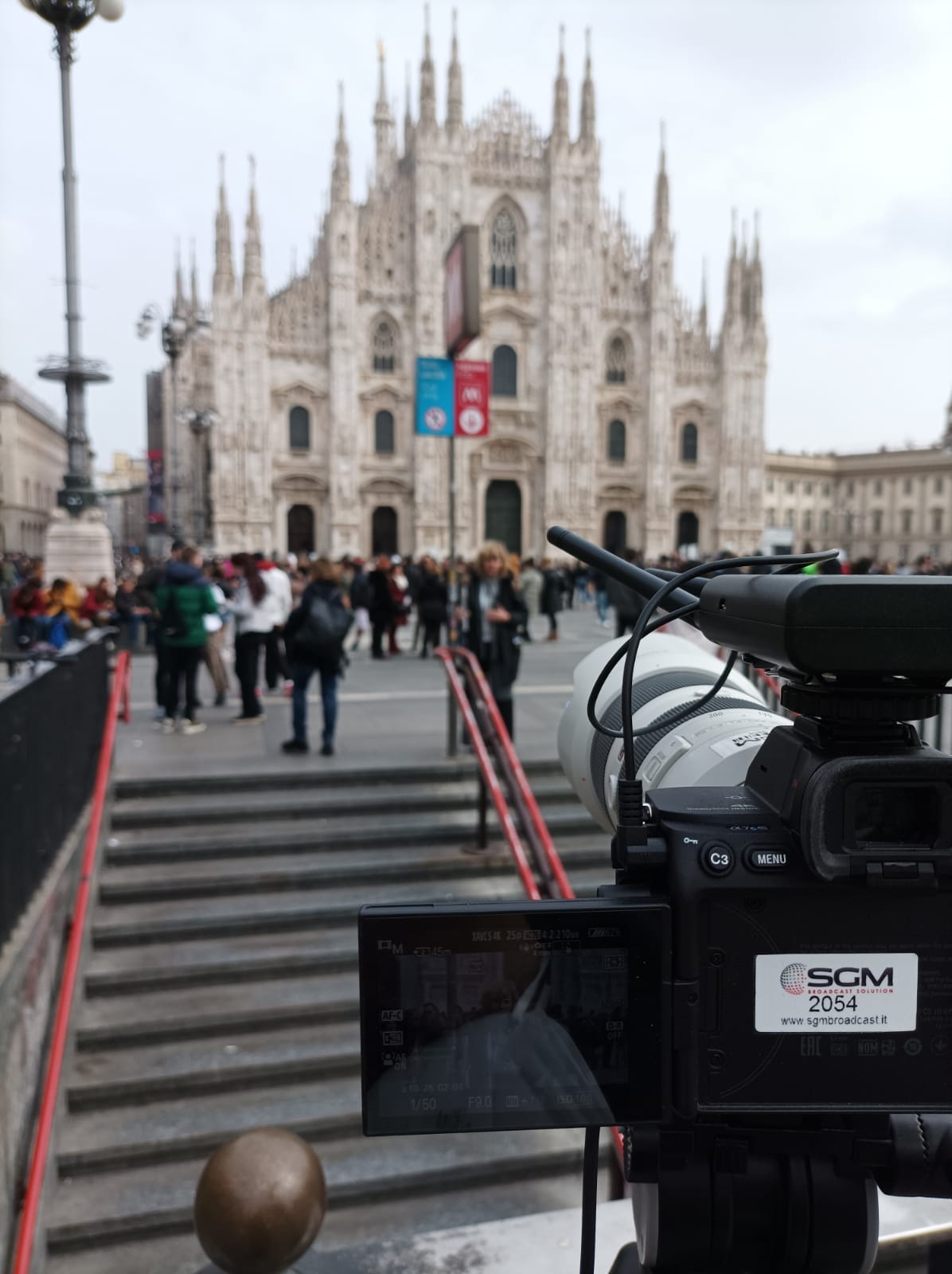

In order to be accessible and inclusive, a city must offer suitable tools for orientation and recognition of places even for those with sensory and perception problems. For visually impaired people, finding their way in a complex or even unknown environment is a critical factor: streets, squares and public spaces often represent paths in which it is not easy to find one's way in general, and this is even more true for the visually impaired, who today have very few tools to use to know their position in the area.
According to the latest estimate by Ansa (2017), there are around 360,000 blind people and over 1.5 million visually impaired people in Italy. In the next twenty years, the number of blind people is expected to increase by about 25% due to the increase in life expectancy and the ageing of the population, so there will be a further increase in the number of people interested in a city free of sensory and perceptive barriers. To these already significant numbers must be added the population with more minor visual impairments, which however translate into a reduction in the ability to move around the city independently and safely.
This reduction in visual impairment is mainly due to three factors:
1) The ageing of the population due to a lengthening of the average life span of people
2) Excessive use of digital equipment whose screens emit blue light that interferes with accommodation, i.e. the eye's ability to focus on objects, and so over time we lose diopters (source: Fondazione Veronesi)
3) Pollution increases the risk of macular degeneration (source: British Journal of Ophthalmology) due to fine particulate matter (PM 2.5) and to a lesser extent nitrogen dioxide and nitrogen oxides. As Professor Foster explained, pollutants enter the body through the lungs and seem to be able to reach the eyes as well because of the increased blood flow through their walls.
Our cities do not provide visually impaired people with many landmarks to facilitate mobility and orientation, with the exception of a few road crossings with audible signals at traffic lights and a few short stretches of tactile paving. Today, mobile phones and digital tools can partially guide the visually impaired, but there are some conditions that can have a negative impact, such as the background noise of the road or the battery of the device which, being energy-intensive and therefore not very sustainable, runs out (or even the impossibility of using these systems by the deaf).
One of the most widespread beliefs about the world of the visually impaired is that they are supposed to be able to develop extraordinary hearing. A true sixth sense capable of compensating for visual impairment. A superpower that, according to science - as reported during the FENS 2014 congress in Milan, the most important European event in the field of neuroscience - does not seem to exist. The myth has been dispelled by research carried out by Dr Monica Gori of the Italian Institute of Technology (IIT) in Genoa. In a study published in the prestigious journal Brain, the IIT research team demonstrated that blind people do not actually hear better than those who can see perfectly well. "Those who are blind," continues Gori, "can develop a simple spatial hearing ability. This allows them to localise a very clear sound such as the voice of a single individual. But when it comes to identifying complex relationships between sounds, such as the distance between people talking to each other, visual ability becomes essential for spatial orientation. Hearing is crucial for a blind person
This lack of facilitation and inclusion could be remedied to some extent by the adoption of 'tactile plaques' as orientation and mobility aids.
A 'tactile plaque' is an embossed plaque representing the toponymy and layout of the place where you are. It serves to indicate a route or explain the characteristics of a place, enabling the subject to develop a mental representation of the environment, i.e. a cognitive map. Such plaques, which can be made of adhesive material or thin sheets of soft metal printed in the Braille alphabet, could be easily applied to all municipal signage poles, which are not only already present on all pavements but are also immediately detectable by the visually impaired through the tilting of technical walking aids (cane for the blind).
With a good contrast between the background and the embossed elements, the visual and tactile readability of the signs can undoubtedly facilitate the orientation and knowledge of a place for people with visual impairments (visually impaired or blind), being a decisive aid for their autonomy of movement and their sense of safety in city routes.
According to the regulations, these information systems can be decisive in overcoming "architectural barriers" as defined in point c) of the definition given in the technical regulations of reference (DM 236/89, art. 2, and DPR 503/96, art. 1): "the lack of devices and signs that allow the orientation and recognition of places and sources of danger for anyone and in particular for the blind, visually impaired and deaf". Tactile signs" could be a useful device to facilitate the accessibility and usability of public places or places open to the public, urban spaces and pedestrian routes according to the provisions of Presidential Decree no. 503 of 24 July 1996. In detail, with regard to tactile signage for the visually impaired, the reference is standard UNI 8207, which contains information on the height of Braille characters, raised letters and symbols used in tactile maps.
 english version
english version
 italian version
italian version




